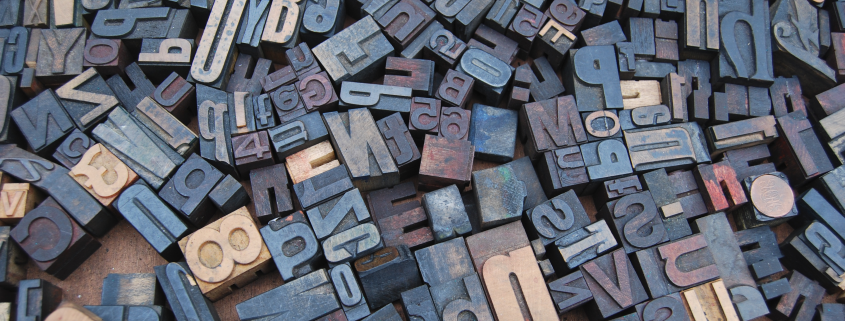I hate it when content takes longer to write than anticipated—especially when my calendar is overflowing with deadlines. So when I recently came across a website that offered a complete handbook of copywriting formulas—a handbook that promised to drastically reduce the amount of time I spent writing content—I felt like I hit the jackpot.
Right there in front of me were standard formulas for writing tweets, headlines, blog posts, web pages—virtually any form of content you could imagine. But, once I had a chance to really look at them, I have to admit—those formulas made my head spin. Honestly, I think it would take me longer to force information to fit into a template than it would to simply write that same content from scratch.
The entire experience got me thinking—is there really such thing as a copywriting formula? Judging from personal experience I’d say yes—but in very rare situations. If you’re sending out a standard press release—say, announcing the opening of a new office—then sure. Certain types of speeches could probably benefit from a fill-in-the-blanks approach also. But things you write in abundance—like blog posts? Personally, I think you need to freestyle those.
My reasoning is simple. The whole POINT of content marketing is to write pieces that will capture the attention of your target audience, and you can’t do that if all your content follows the same, predictable formula. Writing a boring, run-of-the-mill press release is fine if you just need something—anything!—to post in your website’s ‘news’ section. But if you want to really capture the attention of the media—and gain some coverage—you need it to stand out.
To do that, I suggest ditching the templates and, instead, trying some of these time-saving techniques:
- Put the most interesting/important/eye-catching messages at the top of the page. Not sure what those messages are? Try implementing some tried-and-true journalistic rules—sourcing out the 5Ws, the news peg, the inverted pyramid—to help you organize your thoughts and find the nugget of information that will really speak to your audience.
- Stop thinking so much. Can’t get that first paragraph perfect? Jot down the first thing that comes to mind—without worrying if it’s good or not. Revising it later is so much easier than getting it perfect the first time.
- Tell the story. When verbally telling stories to others, we tend to naturally offer up the most interesting information first. It’s a great way to determine what’s really important about your piece—and also offer some clues on how to arrange your thoughts.
- Glance at some precedents. When all else fails, look at a similar, previously-written piece of content. Pay close attention to how the information is arranged and copy that “formula” (in your own words, of course).
What do you think? Is there a time and a place for copywriting formulas? What tricks do you use to write efficiently? Please share—I’d love hear!








